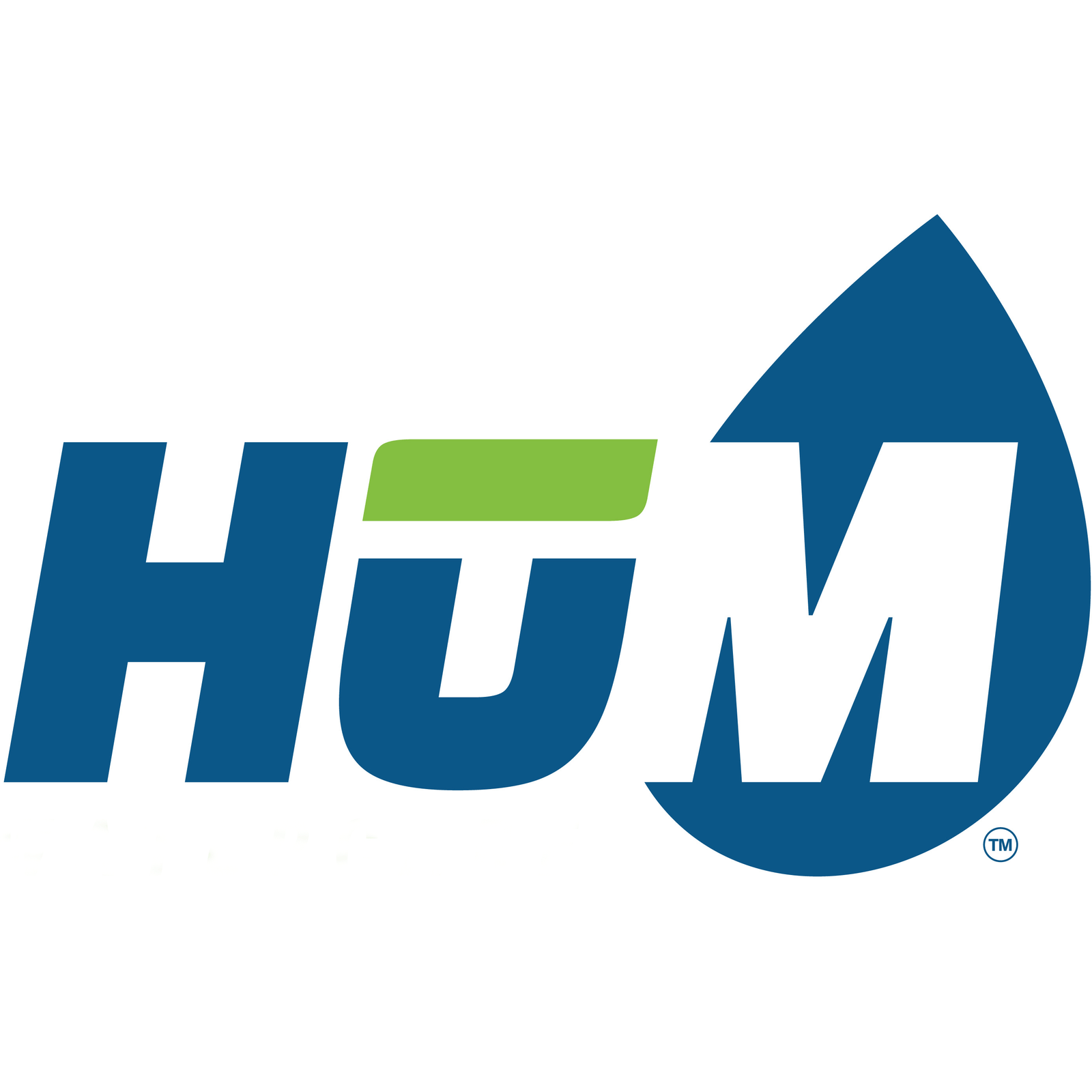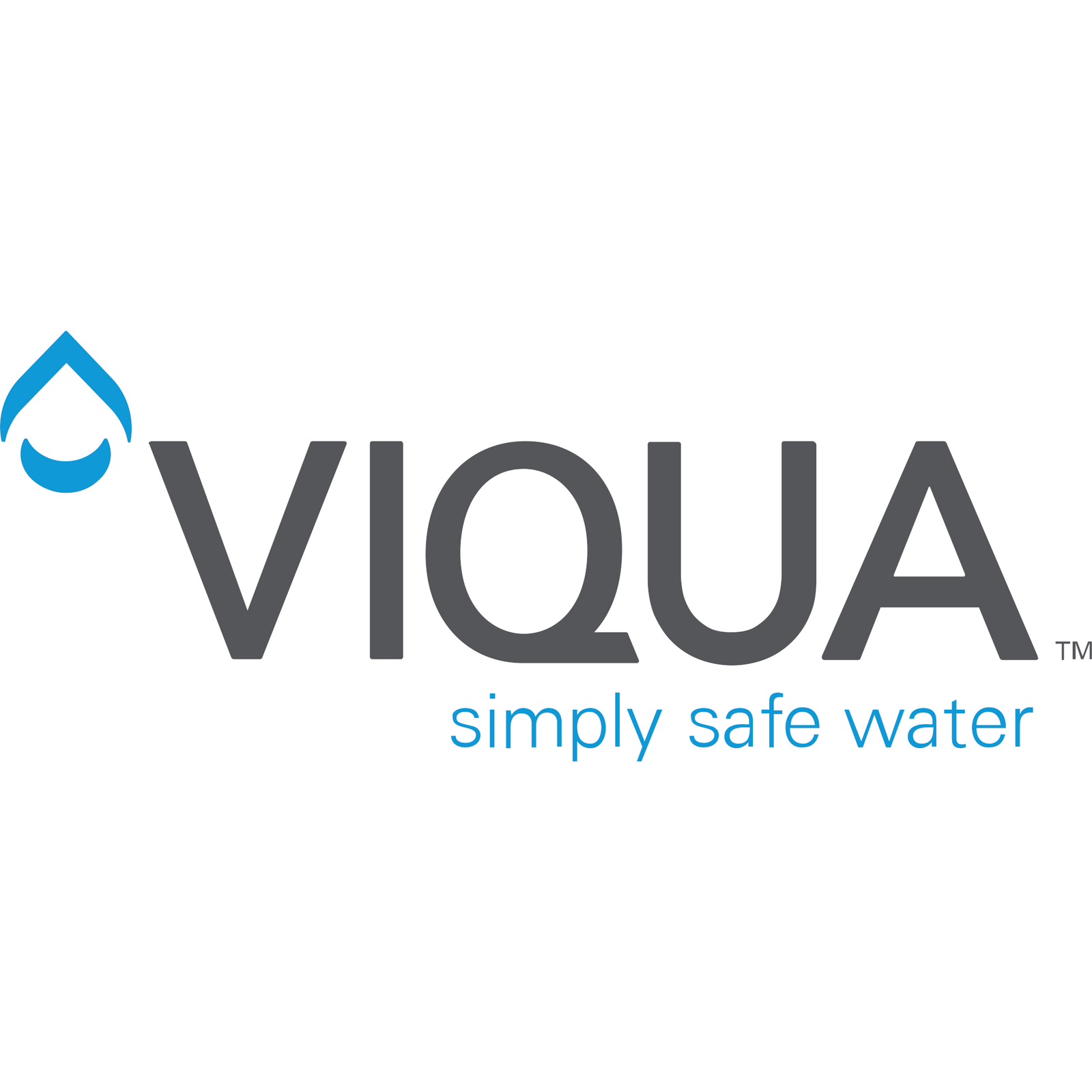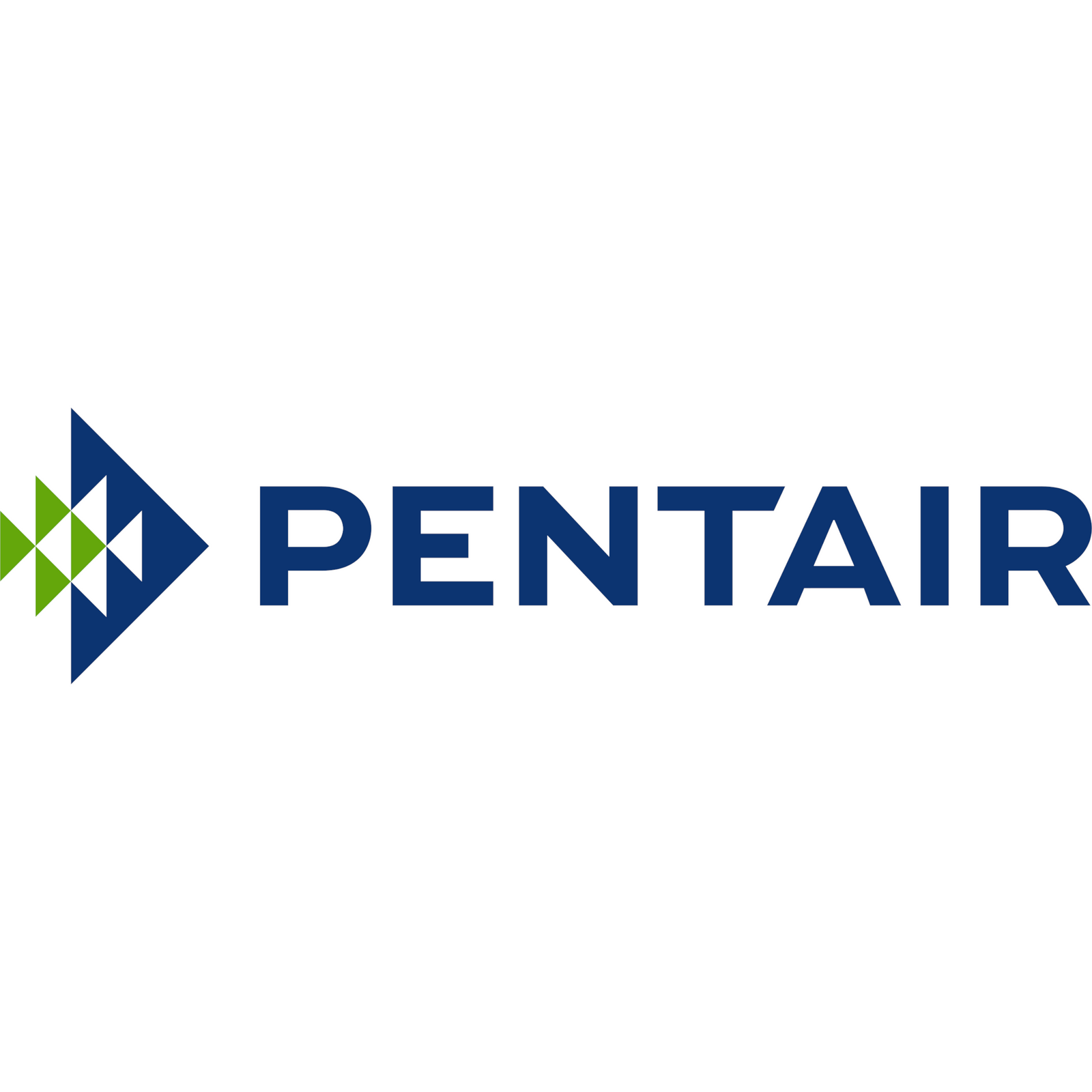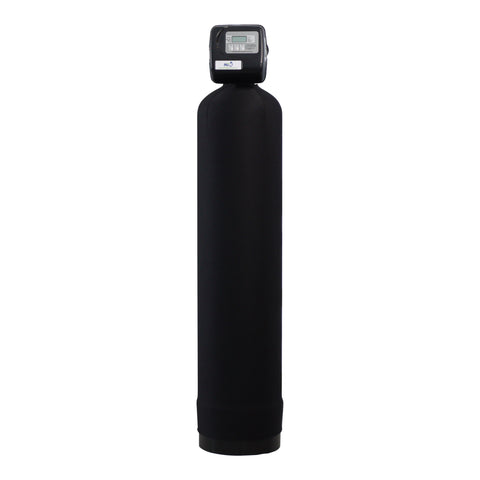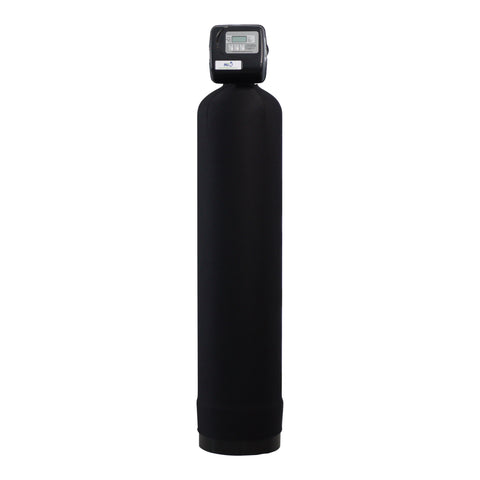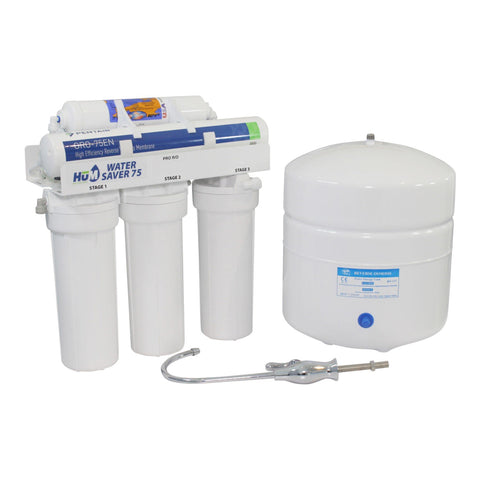
Do you know the risks associated with PFAS, PFOS and PFOE in your family's drinking water? If not, I encourage you to dive into this now. Why? Because those contaminants can have a major effect on your family's health! During this Live Stream, I explain what “Forever Chemicals” are, where they come from, how they affect your family, why they’re called “Forever Chemicals”, and how to remove them from your family's drinking water. Let's dive in!
WHAT ARE "FOREVER CHEMICALS"?
“Forever chemicals” is a term used for PFAS (Per- and polyfluorinated alkyl substances) which is a large group of over 5,000 highly persistent synthetic chemicals that can cause so much damage to human health but are so hard to get rid of. They’re resistant to heat, water and oil. PFAS are the most persistent chemicals found to date, they hardly degrade in any natural environment and have been found in the blood of virtually all people globally. PFAS are persistent in the environment, can accumulate within the human body over time, and are toxic at relatively low concentrations. AND PFAS is very mobile in water.
The PFAS problem began in 1938 when DuPont researchers accidentally discovered polytetrafluoroethylene, a chemical that repels water and oil very effectively. This product was commercialized as an anti-stick coating called Teflon. The two most notorious PFAS chemicals are PFOA, which was the one formerly used to make Teflon, and PFOS, formerly an ingredient in 3M’s Scotchgard – both were phased out under pressure from the Environmental Protection Agency after revelations of their hazards. Since then, other chemical manufacturers have developed a slew of PFAS to be used in everything from firefighting foams to waterproof clothing. PFAS are also frequently used in industry as a lubricant or surfactant.
As consumers continue to want products that are waterproof, nonstick cookware, and oil resistance in their products, PFAS will continue to be used.
How are people exposed to PFAS?
- People living near sites where a release of PFAS has occurred may be exposed through air, soil, or drinking water contaminated by PFAS. Like what happened in Parkersburg West Virginia where Teflon was produced.
-
People may be exposed to PFAS from many consumer products (food
packaging, stain-resistant carpeting and upholstery, water-repellent clothing, etc.).

- People may be exposed by eating food grown or raised in PFAS-contaminated soil or water, including agricultural products, wild game, and fish.
- Babies born to mothers who were exposed to PFAS were exposed before they were born, while breastfeeding, or while drinking formula mixed with PFAS-contaminated water.
- For most PFAS, showering and bathing in water containing PFAS should not significantly increase exposure.
- People who work around or with PFAS (e.g., manufacturing chemicals or using fire-fighting foam) may breathe in PFAS.
- Food can be contaminated by the migration of PFAS from packaging, and some foods such as fish, meat, eggs and leafy vegetables may contain PFAS due to bioaccumulation and crop uptake.
- Cell phones and other electronics - since they are used as process aids for the manufacture of semiconductors, soldering agents for circuit boards, computer hard drive lubricants and synthetic rubbers.
- Very important to know: PFAS will accumulate in your body over time so you need to limit your contact ASAP.
Center for Disease Control scientists have measured PFAS in the blood serum (the clear portion of blood) of 98% of participants aged 12 years and older who took part in the National Health and Nutrition survey. So it’s already in the blood of you, me and everyone in your family.
So why aren’t these being removed from our water at the municipal level?
Today’s water treatment systems are highly sophisticated and can address contamination from a wide variety of chemicals and biological organisms. However, traditional wastewater treatment does not remove PFAS from wastewater.

Keep in mind that in our everyday lives, we come into contact with PFAS in:
- Paper and cardboard food packaging such as pizza boxes and ready-made cakes. PFAS chemicals are widely used to coat paper and cardboard food and bakery wrappers due to their resistance to water and grease. Microwaveable popcorn bags are nearly always coated with PFAS chemicals on the inside.
- Non-stick cookware like those used on frying pans.
- Cosmetics like hair conditioner, foundation cream and sunscreen. Also, there are dozens of personal care products, including dental floss that have PFAS ingredients. Choose personal care products without “PTFE” or “fluoro” ingredients.
- Clothing - Textile products labelled Teflon, Scotchgard, Stainmaster or Gore-Tex, as well as other clothes labelled stain- or water-repellent, usually contain PFAS chemicals.
- PFAS chemicals nearly always lurk in stain-resistant furniture and carpets, as well as spray treatments for leather and fabric protection.
So, how do PFAS affect humans?

PFAS are toxic and have been shown to:
- Interfere with the hormonal and reproductive systems
- Impact the immune system
- have been linked to reduced responses to vaccines in children
- Promote the development of kidney and testicular cancer
- Increased cholesterol levels
- Changes in liver enzymes
- Decreased birth weight and birth defects
- Thyroid disease
- Increased risk of high blood pressure or preeclampsia in pregnant women
- Increased risk of kidney, colon or testicular cancer
HOW TO REDUCE EXPOSURE TO PFAS IN YOUR DRINKING WATER
Thankfully, there are solutions for reducing and removing PFAS from your family's water, such as granular activated charcoal (GAC) water filtration, which has been shown to remove PFAS from drinking water supplies.
However, while GAC filtration provides immediate protection for the public, it’s not without its drawbacks. It can be expensive. Moreover, activated carbon filters do not destroy PFAS; they only contain it. Municipalities are then faced with the problem of disposing of the contaminated filters. Incineration has been shown to spread PFAS particles through stack emissions, and sending the filters to the landfill so that just recycles the PFAS back into the water supply through the leachate.
Governmental Proposed Limits for PFAS in drinking water are all over the map!
- In Canada provinces, territories and other federal departments have proposed an objective of 30 nanograms per litre (ng/L) as a summed total of all PFAS measured in drinking water.
- Other places such as the European Union (EU), Sweden, Denmark and some states in the U.S. have also established single guideline limits for PFAS in drinking water. For example, the EU has limits of 100 ng/L for the sum of 20 PFAS and 500 ng/L for the sum of all PFAS in drinking water
- What level is the correct level? Zero, for my family.
Special concern If you're pregnant or breastfeeding.
If you're pregnant, breastfeeding or preparing infant formula and are concerned about exposure to PFAS in your drinking water, you need to:
- use an alternate source of drinking water, such as bottled water
- install a treatment unit for PFAS removal
Learn More about Forever Chemicals Here:
https://www.consumernotice.org/environmental/water-contamination/pfas/
https://www.consumernotice.org/environmental/water-contamination/pfas/products/

How to reduce your family's exposure to PFAS in drinking water.
If you're concerned about your water supply being polluted with PFAS, you can always contact your municipality, local drinking water authority or local public health authority for advice and help.
To make sure you never have PFAS in your drinking water, you can protect your family and remove them with a water treatment unit or system. You can install either:
1) An activated carbon filter where the water enters the house like this one:
2) A reverse osmosis system at the tap like this one:
It's important to make sure treatment devices are installed, replaced and/or maintained according to the instructions provided by the manufacturer. To avoid releasing PFAS back into the environment, check with your local authority about how to dispose of the used filters.

Bathing, showering, washing dishes, brushing teeth and doing laundry with water containing PFAS is not typically a concern for health. PFAS tend to stay in the water, which means that you can't readily breathe them in, and they won't be absorbed easily through the skin.
Keep in mind that boiling water will not remove PFAS from drinking water, it will only make it more concentrated as you boil off the water.
>> How Does Reverse Osmosis Work?
PROTECT YOUR FAMILY FROM FOREVER CHEMICALS IN YOUR DRINKING WATER
As you can see, the presence of forever chemicals in our water is a serious concern that requires immediate attention. Although the use of activated carbon filters is a great first step, the best solution is a Reverse Osmosis drinking water system, like our HUM Water Saver 75 to make sure your family is drinking water free from forever chemicals and so many other contaminants commonly found in our water today.


